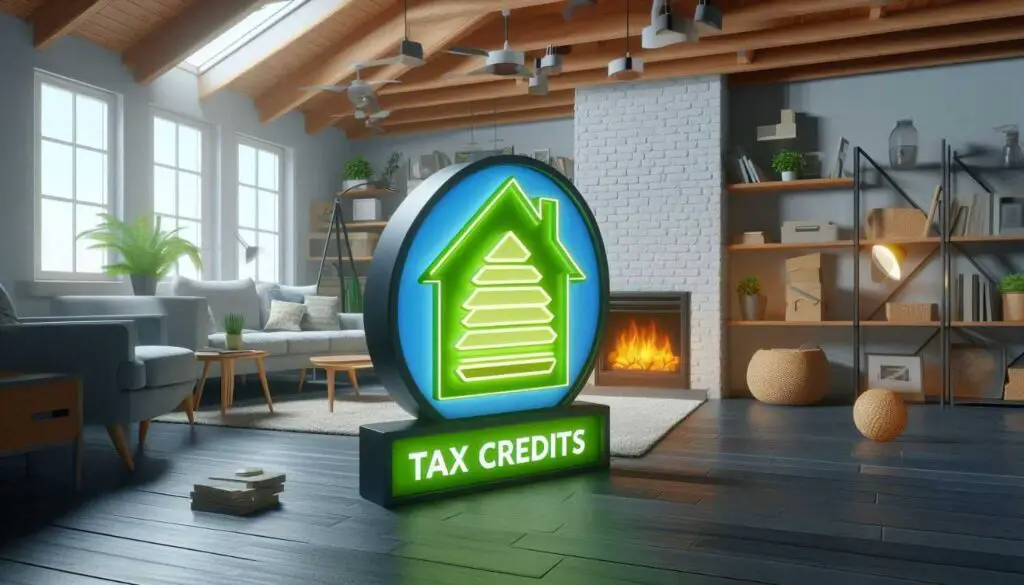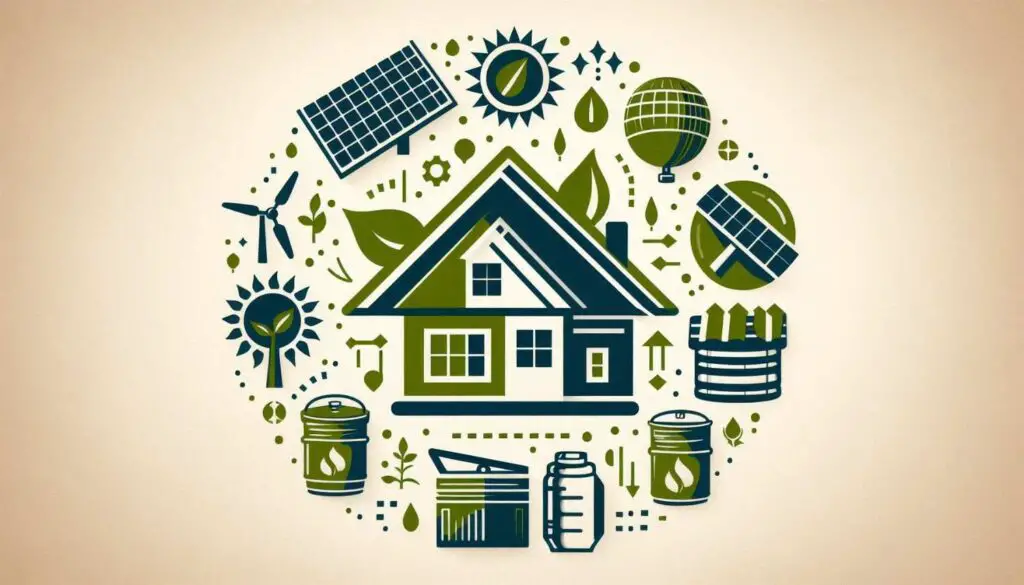Tax Credits for Energy-Efficient Home Improvements. As the world shifts towards a more sustainable future, energy-efficient home improvements have become a crucial aspect of reducing our carbon footprint. The Indian government has introduced tax credits to encourage homeowners to adopt eco-friendly measures. In this article, we will delve into the world of tax credits for energy-efficient home improvements, exploring the benefits, eligibility criteria, and the process of claiming them.
Tax Credits for Energy-Efficient Home Improvements

Understanding Tax Credits
Tax credits are incentives offered by the government to reduce the amount of taxes owed. Unlike tax deductions, which reduce the taxable income, tax credits directly reduce the tax liability. In the context of energy-efficient home improvements, tax credits can help homeowners offset the costs of eco-friendly upgrades. This means that homeowners can enjoy significant savings on their tax bills by making environmentally friendly choices.
Energy-Efficient Home Improvements

Energy-efficient home improvements can be categorized into three main areas: windows and doors, insulation and roofing, and heating and cooling systems.
Windows and doors play a significant role in energy efficiency. Energy-efficient windows and doors can significantly reduce heat loss and gain, minimizing the need for artificial heating and cooling. This not only reduces energy consumption but also decreases energy bills. Homeowners can consider installing double-glazed windows, solar windows, or energy-efficient doors to make their homes more energy-efficient.
Proper insulation and roofing can prevent heat escape, reducing energy consumption and energy bills. Homeowners can consider installing insulation materials like fiberglass, cellulose, or spray foam in their attics, walls, and floors. Additionally, energy-efficient roofing materials like solar tiles, metal roofing, or green roofing can also help reduce energy consumption.
Heating and cooling systems are another crucial aspect of energy efficiency. Energy-efficient heating and cooling systems, such as solar water heaters, heat pumps, or radiant floor heating, can reduce energy consumption and lower energy bills. Homeowners can consider installing these systems to make their homes more energy-efficient.
Benefits of Tax Credits
Tax credits for energy-efficient home improvements offer numerous benefits, including environmental and economic benefits.

Environmental Benefits
Tax credits for energy-efficient home improvements promote sustainable living, reducing carbon emissions and contributing to a cleaner environment. By encouraging homeowners to adopt eco-friendly measures, the government can reduce the country’s carbon footprint and promote a healthier environment. Homeowners can enjoy the satisfaction of knowing that their energy-efficient upgrades are contributing to a sustainable future.
Economic Benefits
Tax credits can help homeowners save money on energy bills and increase their property value. Energy-efficient upgrades can reduce energy consumption, leading to lower energy bills. Additionally, energy-efficient homes are more attractive to potential buyers, increasing the property value. Homeowners can enjoy significant savings on their energy bills and increase their property value by making energy-efficient upgrades.
Eligibility Criteria
To claim tax credits for energy-efficient home improvements, homeowners must meet specific eligibility criteria. These criteria include individual eligibility and product eligibility.
Individual Eligibility
Homeowners must meet specific income and residency requirements to be eligible for tax credits. The income limits vary depending on the type of tax credit and the location. Homeowners must also reside in the property for a minimum period to be eligible for tax credits.
Product Eligibility
Only energy-efficient products meeting certain standards are eligible for tax credits. The products must meet the energy efficiency standards set by the government or relevant authorities. Homeowners must ensure that the products they choose meet these standards to be eligible for tax credits.
How to Claim Tax Credits
Claiming tax credits for energy-efficient home improvements involves a step-by-step process.

Step-by-Step Guide
- Determine Eligibility: Homeowners must determine their eligibility for tax credits by checking the income limits and residency requirements.
- Choose Eligible Products: Homeowners must choose energy-efficient products that meet the required standards.
- Keep Receipts and Documentation: Homeowners must keep receipts and documentation for the energy-efficient upgrades, including product certifications and installation costs.
- Claim Tax Credits: Homeowners must claim tax credits on their tax returns, providing the required documentation.
Required Documents
To claim tax credits, homeowners must provide the following documents:
- Receipts for the energy-efficient upgrades
- Product certifications
- Tax returns
Common Mistakes to Avoid
Homeowners must avoid common mistakes when claiming tax credits for energy-efficient home improvements. These mistakes include:
- Failing to meet eligibility criteria
- Not keeping proper documentation
- Missing deadlines
Additional Tips
- Consult with a tax professional to ensure you meet the eligibility criteria and follow the correct process.
- Keep accurate records of your energy-efficient upgrades, including receipts and product certifications.
- Consider combining tax credits with other incentives, such as rebates or financing options, to maximize your savings.
Also Read – Real Estate Investment Tax Strategies for Beginners
Conclusion
Tax credits for energy-efficient home improvements offer a fantastic opportunity for homeowners to reduce their environmental impact while saving money on their tax bills. By understanding the benefits, eligibility criteria, and process of claiming tax credits, homeowners can make informed decisions and contribute to a sustainable future. Don’t miss out on this chance to make your home more energy-efficient and reduce your tax liability. Consult with a tax professional today and start enjoying the benefits of tax credits for energy-efficient home improvements.
Glossary
- Tax credits: Incentives offered by the government to reduce the amount of taxes owed.
- Energy-efficient home improvements: Upgrades that reduce energy consumption and promote sustainable living.
- Eligibility criteria: Requirements that must be met to qualify for tax credits.
- Product certifications: Documentation that proves a product meets energy efficiency standards.
- Tax returns: Documents filed with the government to report income and claim tax credits.
Note: The article is a comprehensive guide to tax credits for energy-efficient home improvements in India. It covers the benefits, eligibility criteria, process of claiming tax credits, and common mistakes to avoid. The article also includes a glossary, resources, and FAQs to provide additional information and support.
Frequently Asked Questions
What is the maximum amount of tax credit I can claim?
The maximum amount varies depending on the type of improvement and individual eligibility.
Can I claim tax credits for existing energy-efficient features?
No, tax credits are only available for new installations.
How long do I have to claim tax credits?
The deadline varies, so check with the relevant authorities.
Can I claim tax credits for energy-efficient improvements on rental properties?
Yes, but specific rules apply.
How do I know which products are eligible?
Check the product certifications and consult with a tax professional.


1 thought on “Tax Credits for Energy-Efficient Home Improvements: A Comprehensive Guide”